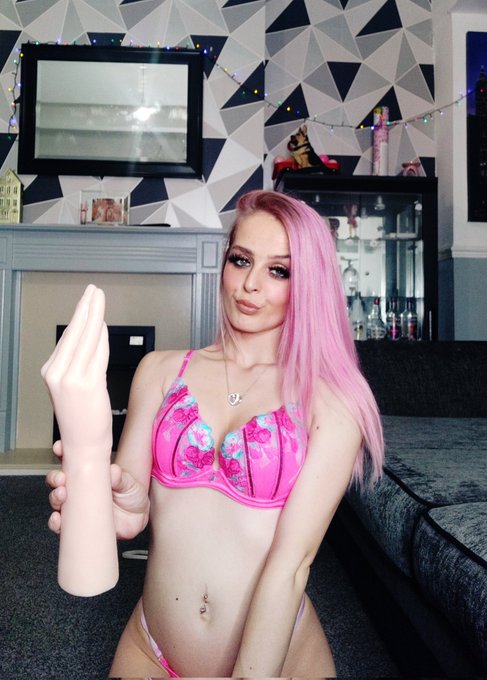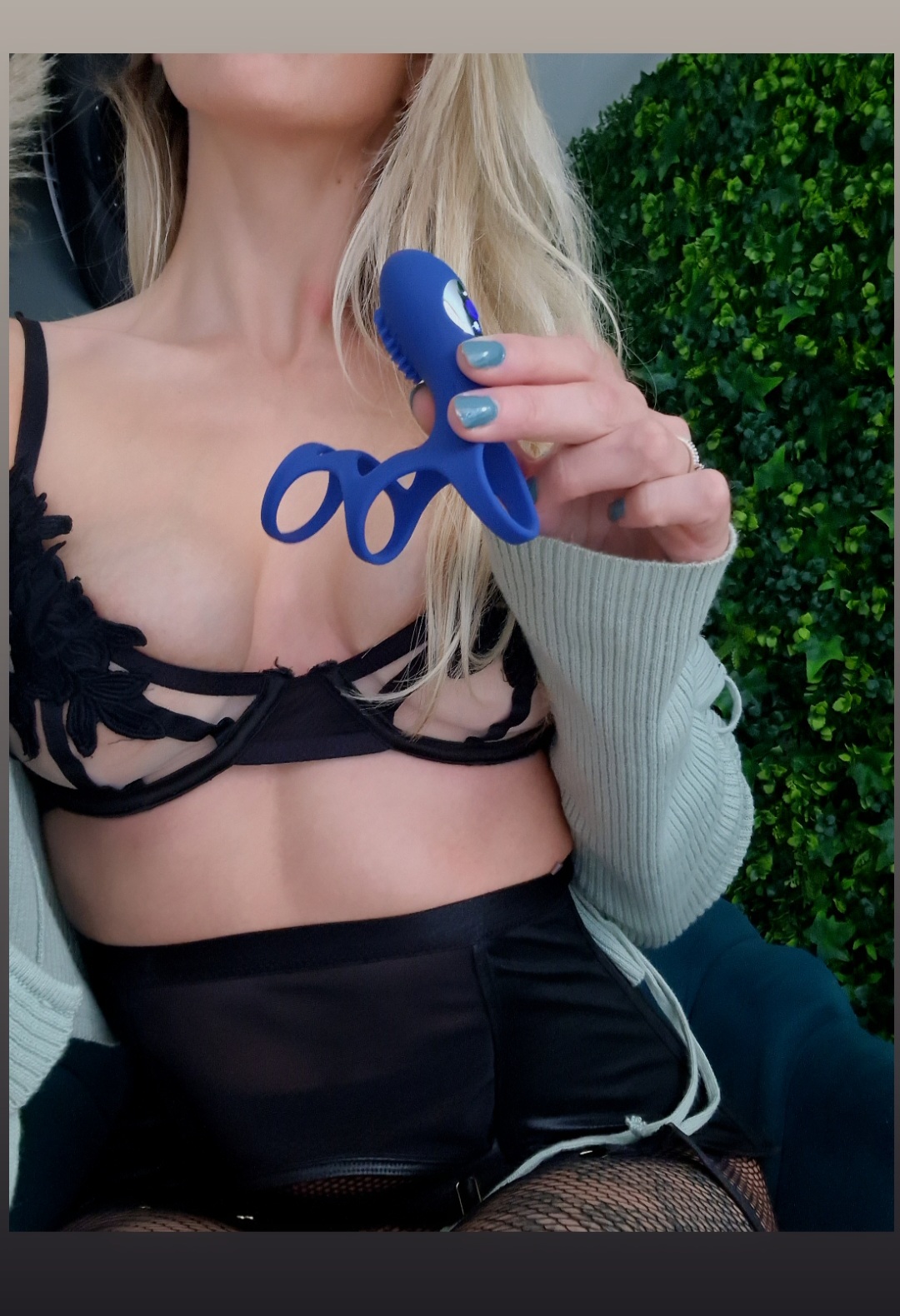Aesthetic of Muscles
Aesthetic of Muscles refers to the cultural fascination with physical strength, power, and athleticism. This phenomenon encompasses various aspects of human physicality, from the muscular contours of athletes to the idealized forms of bodybuilding. At its core, the Aesthetic of Muscles is about admiring the beauty of physical prowess, often blurring the lines between fitness and artistry.
Physical Attractiveness
The aesthetic of muscles has long been a subject of fascination in Western culture. This phenomenon, often referred to as the “muscle fetish,” revolves around admiring physical strength, power, and muscular development. At its core, this aesthetic is deeply rooted in traditional Western ideals of masculinity and athleticism.
Historically, the ancient Greeks and Romans were known for their emphasis on physical strength and muscle tone, which was seen as a hallmark of masculinity and power. This legacy continues to influence contemporary culture, with many people admiring athletes and bodybuilders who possess impressive physiques. The use of performance-enhancing substances like steroids has become increasingly prevalent, with some individuals feeling that it is necessary to achieve the ideal muscular physique.
From a psychological perspective, the attraction to muscles can be linked to various factors such as evolution, social status, and personal identity. Throughout human history, physical strength and ability have been valuable assets for survival and reproduction, which may explain why some people find muscular physiques attractive. Additionally, possessing impressive muscles can be seen as a symbol of success, confidence, and masculinity.
In modern times, the muscle fetish has become increasingly commercialized, with numerous magazines, websites, and social media platforms dedicated to showcasing muscular physiques. This has led to the rise of the fitness industry, where individuals pay large sums of money for personal training sessions, supplements, and equipment aimed at achieving ideal body shapes.
Despite its prevalence, the muscle fetish raises important questions about societal beauty standards and cultural values. Some argue that it perpetuates unrealistic expectations around physical appearance, leading to feelings of inadequacy and low self-esteem among those who do not possess muscular physiques. Others see it as a legitimate aspect of human culture, where people are drawn to characteristics that convey strength, power, and vitality.
Muscular Idealism

The aesthetic of muscles has been a driving force in human culture for centuries, with various forms of muscular idealism emerging across different eras and societies. From ancient Greek ideals of athleticism to modern-day bodybuilding and fitness culture, the admiration of physical strength and power has been a constant thread throughout history.
- One of the earliest expressions of muscular idealism can be seen in ancient Greece, where the cult of Zeus emphasized the importance of physical strength and beauty. The iconic statue of Zeus at Olympia, created by Phidias, is renowned for its depiction of the king of the gods with a powerful and muscular physique.
- In the Renaissance period, the human body was celebrated for its potential for artistic expression. Artists such as Michelangelo and Raphael depicted male figures with chiseled muscles and athletic physiques, showcasing their mastery of classical ideals.
The 20th century saw the rise of modern bodybuilding, which further solidified muscular idealism as a dominant cultural force. Competitions like Mr. Olympia and the Arnold Classic brought together athletes who were celebrated for their extraordinary physicality, with champions like Arnold Schwarzenegger and Ronnie Coleman becoming icons in the world of fitness.
Today, the aesthetic of muscles continues to evolve, with social media platforms showcasing a plethora of physiques and body types that celebrate individuality and self-expression. While traditional notions of muscular idealism remain influential, the proliferation of diverse body ideals reflects a broader cultural shift towards inclusivity and acceptance.
- The rise of fitness influencers and body positivity movements has helped to democratize access to athletic and muscular physiques, allowing individuals from all walks of life to aspire to and celebrate their own unique physicalities.
- Simultaneously, the proliferation of social media platforms has enabled users to curate and share their own versions of muscular idealism, creating new forms of cultural expression that blur the lines between traditional notions of beauty and athleticism.
In conclusion, the aesthetic of muscles is a complex and multifaceted phenomenon that reflects fundamental human values such as strength, power, and physicality. As culture continues to evolve, it will be fascinating to see how muscular idealism adapts and incorporates new ideals and expressions of the human form.
Muscle Worship Culture
Muscle worship culture has emerged as a distinct aspect of modern fetishism, where individuals exhibit an intense attraction to physical strength, power, and athleticism. This fascination can manifest in various ways, from admiring well-developed muscles in others to engaging with muscular figures in media, art, or entertainment. At its core, the muscle worship phenomenon revolves around the adoration of physicality, often accompanied by a desire for empowerment, virility, and dominance.

Subcultural Expression
Muscle worship culture has become a significant aspect of subcultural expression in recent years. This phenomenon revolves around the admiration and fascination with physically fit and muscular bodies. It’s not just about aesthetics; it’s also deeply rooted in psychological, social, and cultural factors.
The muscle worship culture is often associated with the gay male community, where physical attractiveness and muscularity are highly valued as a symbol of strength, power, and virility. This subculture has its own distinct terminology, aesthetic standards, and rituals, which vary across different communities and geographic regions.
Pro wrestlers, fitness models, and bodybuilders have become icons in this culture, their physiques often idolized for their sheer size, definition, and symmetry. Social media platforms have played a significant role in the dissemination of muscle worship culture, allowing individuals to share their own bodies and admire others’ physiques on a massive scale.

The obsession with physicality is also linked to broader societal concerns about masculinity, identity, and self-expression. For some, muscle worship serves as a form of escapism or a way to explore desires related to power dynamics and attraction. As the culture continues to evolve, it raises important questions about body image, consent, and the complex relationships between physicality, psychology, and culture.
Personal Identity Formation
Muscle worship culture has become increasingly prevalent in modern society, particularly among young men who seek to admire and idolize physical strength, power, and athleticism. This phenomenon encompasses a wide range of behaviors, from casual admiration of fitness enthusiasts on social media to more extreme forms of devotion that blur the lines between fandom and obsession.
The underlying drivers of muscle worship culture are complex and multifaceted, but they often involve a deep-seated desire for physical excellence, masculinity, and social status. For some individuals, admiring muscle-bound individuals can serve as a proxy for their own feelings of inadequacy or lack of control in other areas of life. By focusing on the physicality of others, they may feel more empowered, confident, and attractive to themselves and others.
However, muscle worship culture also raises important questions about personal identity formation and the ways in which individuals construct and express their sense of self. For those who identify as “muscle worshipers,” their devotion may serve as a way to signal their values, interests, and affiliations to others. This can lead to a kind of performative identity, where individuals present themselves in a particular light in order to achieve social acceptance or validation.
Moreover, muscle worship culture often intersects with broader cultural narratives around masculinity, fitness, and body image. The cult of muscularity that has developed in Western societies can perpetuate unrealistic beauty standards and reinforce the notion that physical strength is a primary indicator of virility and worth. As such, it is essential to examine the power dynamics at play within muscle worship culture and consider the ways in which it reflects and shapes societal attitudes towards body image, identity, and performance.
Pedogynastic Imagery and Language
Muscle fetishism, a term used to describe an erotic fascination with physical strength, power, and muscularity, has been a part of human culture for centuries. This fixation on bodily physiognomy often involves a preoccupation with the aesthetic appeal of well-developed muscles, with some individuals drawn to the idea of muscles as a symbol of masculinity, dominance, or virility. The language surrounding muscle fetishism can be replete with imagery and metaphor that objectifies and eroticizes the male body, with expressions such as “pumping iron” or “flexing for the camera” often used to convey a sense of muscular arousal.
Language of Desire
Pedogynastic imagery and language refer to the depiction and use of muscular men as objects of desire, often emphasizing their physical strength, power, and athleticism. This fetishistic fascination can stem from various sources, including societal beauty standards, media representation, and personal preferences.
- The glorification of muscle mass in media and advertising contributes to the objectification of men with impressive physiques, perpetuating a culture that values physicality over other qualities.
- Language and imagery used in fetishistic contexts often focus on descriptive terms like “buff,” “jacked,” or “ripped” to convey the desired attributes.
The concept of Language of Desire can be applied to pedogynastic imagery and language, as it suggests that certain words, images, and expressions have the power to evoke strong desires and fantasies. In this context, the use of descriptive terms and idealized depictions of muscular men serves as a form of erotic language, tapping into viewers’ or readers’ deep-seated attractions.
The relationship between pedogynastic imagery and language is complex, reflecting broader societal attitudes toward masculinity, beauty, and desire. While some may view this fetish as harmless or even empowering, others argue that it perpetuates unhealthy objectification and reinforces harmful stereotypes about men and their bodies.
Symbolic Signifiers
Pedogynastic imagery and language often involves the use of symbolic signifiers that objectify and fetishize physical strength, power, and athleticism. In English language, certain words and phrases can have a profound impact on how we perceive and engage with these concepts. For instance, words like “brawn,” “gains,” and “beast mode” are often used to describe individuals who embody muscularity and physical prowess. These terms can create a sense of admiration and desire for strength, but they also perpetuate a narrow and limiting definition of what it means to be powerful.
- The use of words like “pumping iron” and “bulking up” reinforces the idea that physical growth is the ultimate goal, and that achieving muscle mass is a key aspect of masculinity.
- Adjectives like “ripped,” “toned,” and “sleek” are often used to describe individuals who have achieved a high level of muscular development, creating an idealized standard for physical beauty.
- Slang terms like “beast mode” and “gains” create a sense of excitement and awe around physical strength, reducing complex human experiences to simplistic and binary notions of power and weakness.
These linguistic signifiers can have a profound impact on our perceptions of what it means to be strong, powerful, and attractive. By perpetuating a culture of muscularity as the ultimate goal for men, we risk reinforcing unhealthy beauty standards and limiting our understanding of masculinity beyond physical appearance.
Buy realistic dildos for a natural feel at Peaches and Screams Shop dotted condoms for extra sensation at Peaches and Screams Explore orgasm balls at Peaches and Screams Explore sex lubricants for smooth and sensual experiences at Peaches and Screams Shop nipple tassels, breast covers, and nipple pasties for playful teasing at Peaches and Screams Shop penis sleeves for extra stimulation at Peaches and Screams Explore small condoms for a snug fit at Peaches and Screams Explore French maids and butlers for a kinky twist on classic outfits at Peaches and Screams
Hopeless Book Market Day ME Melissa Neufeld Cycle for Azaylia
